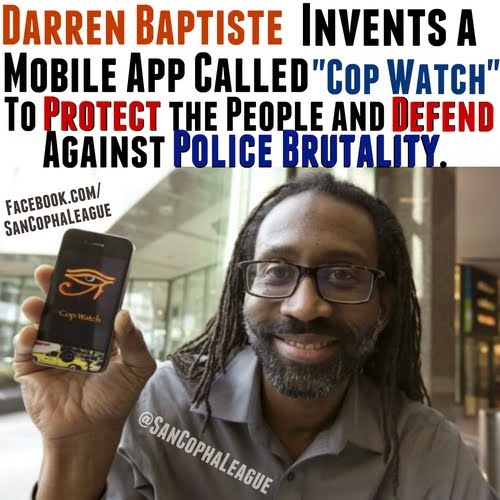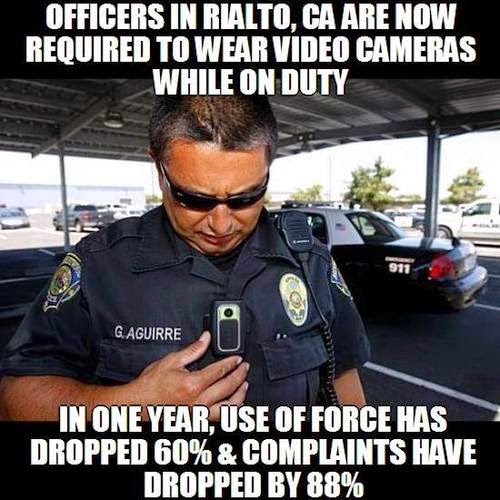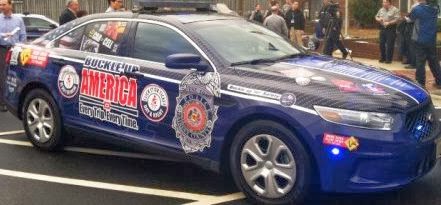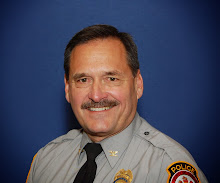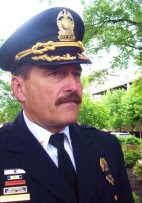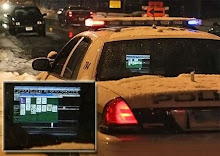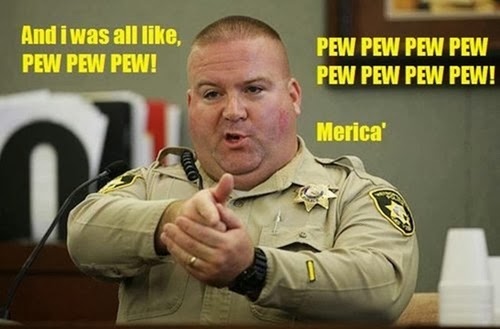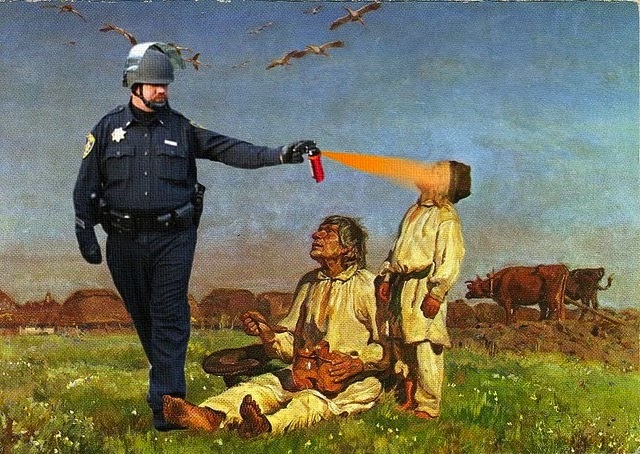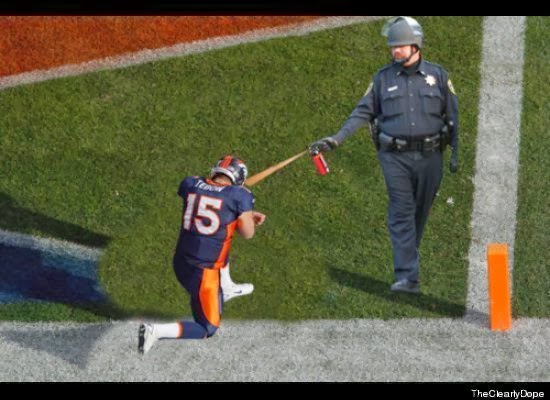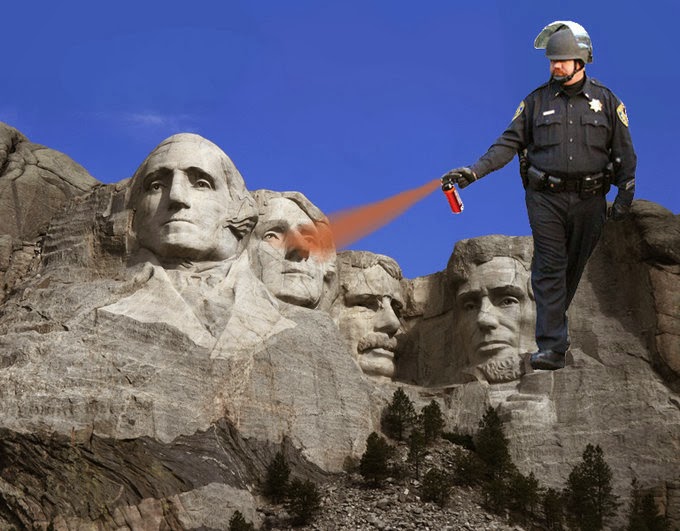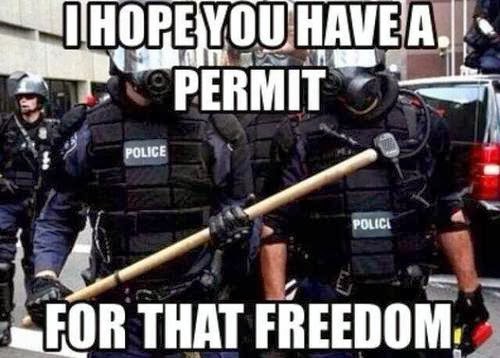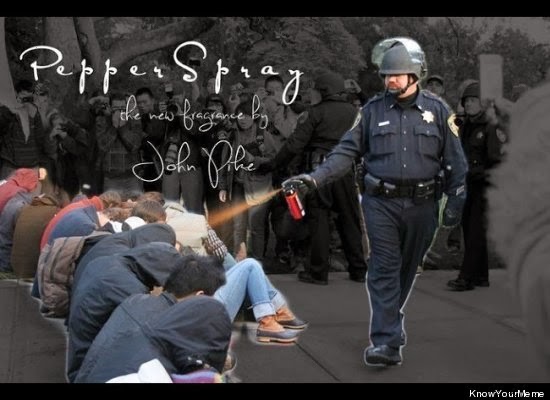If the cops are a problem, right away the cops and the media look at race.
The problem with the Fairfax County Police isn't race.
The cops has a problem with all races.
....okay? So it's a not a race issue....its a hiring issue. The FCPD hires malcontents with a punk attitude. Solve that problem....its solvable by brining in outside blood to kick ass and take names......and the County has basically solved 90% of their police issues
In Quest for Transparency, FCPD Launches New Data Dashboard
Amidst national calls for transparency and accountability in
policing, the Fairfax County Police Department is launching a new interactive
data dashboard.
The tool, which is based on Geographic Information System
mapping, houses data including arrests, citations, warnings and police
department training and policies. FCPD will debut the new platform at a series
of virtual town halls beginning on Nov. 18.
“We look forward to implementing this additional layer of
accountability and leveraging data analytics to continue to strengthen trust
and confidence in your police department,” FCPD wrote in a statement.
The department says the tool was designed based on community
input.
“Our new GIS-based data dashboards were designed with input
from stakeholders and we will continue to. Have healthy discussions with each
of you concerning police policies and operations in all communities,” wrote
FCPD Chief Edwin Roessler Jr. in a letter to the community on Oct. 16.
A renewed focus on FCPD’s operations is expected in early 2021
when a team of researchers from the University of Texas at San Antonio (UTSA)
is expected to complete an academic analysis of FCPD’s data and its
relationship to core operations today.
The review was
initiated at the direction of the Fairfax County Board of Supervisors and the
county’s Independent Police Auditor.
Researchers at UTSA are studying the department’s culture
after a study released in 2017 found that roughly 40 percent of all use-of-force
incidents involve a Black individual.
Across the country, similar conversations about transparency
in policing have resulted in reform and additional policy directives.
Recent arrest data released by the departments shows some
evidence of disproportionate policing in the county. The data indicate that
Black individuals make up roughly 39 percent of all arrests last year. Black
residents account for 9.7 percent of the total population.
FCPD officers arrested 34,330 people in 2019, 57 percent of
which were white. White residents make up roughly 61 percent of the total
population.
In 2017, a study found that roughly 40 percent of all
use-of-force incidents involve a Black individual.
Roessler Jr. says his department is grateful for “the
additional layer of accountability” provided by the data sets and the ongoing
academic review.
“Together, we shall continue to leverage data analytics to
build trust,” he said.
FCPD plans to host virtual town halls with district station
commanders to discuss training and policies related to the data sets. The
complete schedule, including links to the meetings, is below:
• Fair Oaks
District – Nov. 18 https://bit.ly/3eJt3Uo
• West
Springfield District – Nov. 24 https://bit.ly/3khd01i
• Sully District
– Dec. 9 https://bit.ly/2JYG8y9
• Mount Vernon
District – Dec. 16 https://bit.ly/3peB8Wb
• McLean
District – Jan. 6 https://bit.ly/3kk4ZZz
• Mason District
– Jan. 20 https://bit.ly/32tXLfi
• Reston District
– Feb. 4 https://bit.ly/38vYDUG
• Franconia
District – Feb. 17 https://bit.ly/3ncEVBy
All meetings will be recorded and released the public at a
later date.



